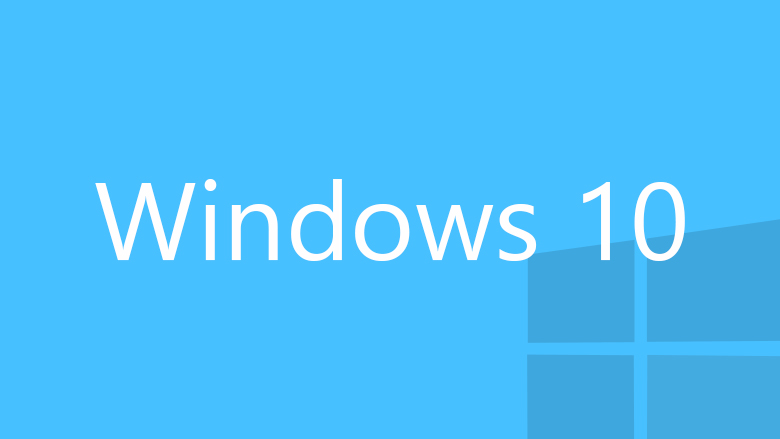
A piece of news that sounded very concerning has hit the media in the last few days: software giant Microsoft has laid off over 7,800 of its employees and re-structured its mobile business that it has acquired from Nokia for $7.2 billion a few years ago. This piece of news has caused a lot of concern, especially in the ranks of Microsoft-powered mobile users (yours truly included), that the Redmond Giant might decide to exit the mobile phone market completely. But this is not the case, Microsoft CEO Satya Nadella said. The goal of Microsoft remains to “be present on every mobile endpoint”. So, rest assured, your faithful Lumia which you use to edit your Office documents and play table games at Europalace will not suddenly lose support.
One of the biggest advantages Microsoft has is its huge user base – on desktop devices, that is. According to a recent estimate, a version of Windows (from XP to Windows 8.1) runs on nearly 90% of all desktop PCs of the world. But Microsoft is far behind its competitors on the mobile OS market – Android and iOS lead detached, with Windows Phone running on less than 3% of all mobile devices in the world (its market share is even extended by Oracle’s Java ME (the OS powering the so-called “dumb phones”). To assure its growth on the mobile market, Microsoft has to attract as many developers as it can – and the best way to do this is through attracting more users to its software platform. Or change the game completely by introducing the Universal App.
“If anything, one big mistake we made in our past was to think of the PC as the hub for everything for all time to come,” Nadella recently told ZDNet in an interview. The years of its focus on desktops has caused Microsoft to enter the smartphone market late, in a time when it was already dominated by its competitors. And while Windows Phone has a solid and devoted user base, their numbers are far from being enough to attract even the most dedicated mobile-first developers to deploy their software on their platform. With Windows 10 Microsoft hopes to overcome the errors of the past. The new operating system will run on a series of devices, from the Raspberry Pi to the Surface Hub, and the list will include the Xbox and most existing and all upcoming smartphones and tablet computers. Developers will only need to create a single app, and tweak its user interface to make it behave well on different screen sizes. And the Redmond giant plans to also offer its fans a series of new, premium Lumia handsets. The new Microsoft flagship will not be launched until the release of Windows 10 for Phones, but it will be in time to make it on your Christmas wish list.
